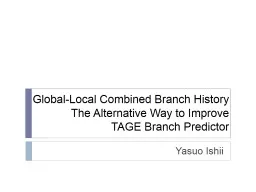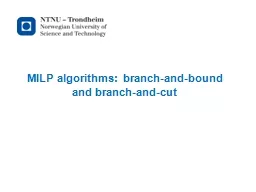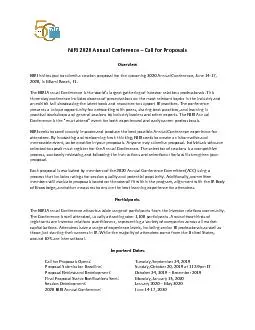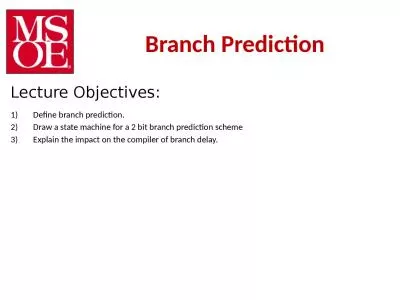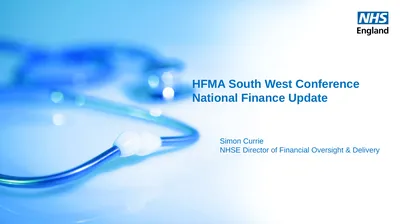PPT-HFMA NI Branch Annual Conference
Author : cora | Published Date : 2024-03-13
Titanic Belfast Friday 24th November 2023 Raymond Curran Head of Ophthalmic Services SPPG Strength behind the numbers Introduction Role amp Responsibilities
Presentation Embed Code
Download Presentation
Download Presentation The PPT/PDF document "HFMA NI Branch Annual Conference" is the property of its rightful owner. Permission is granted to download and print the materials on this website for personal, non-commercial use only, and to display it on your personal computer provided you do not modify the materials and that you retain all copyright notices contained in the materials. By downloading content from our website, you accept the terms of this agreement.
HFMA NI Branch Annual Conference: Transcript
Download Rules Of Document
"HFMA NI Branch Annual Conference"The content belongs to its owner. You may download and print it for personal use, without modification, and keep all copyright notices. By downloading, you agree to these terms.
Related Documents







